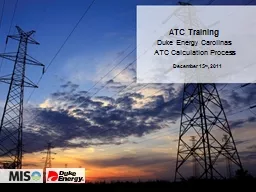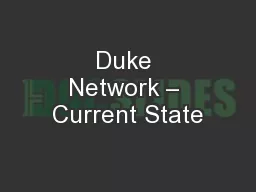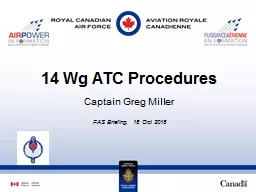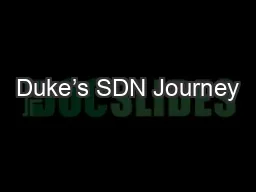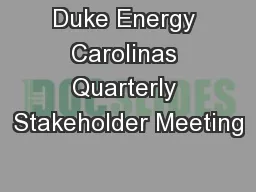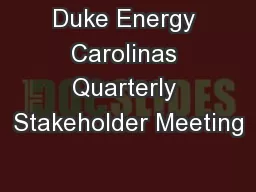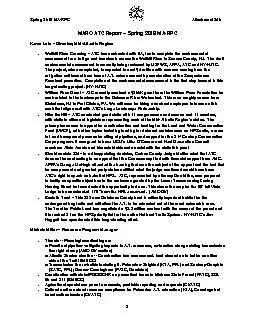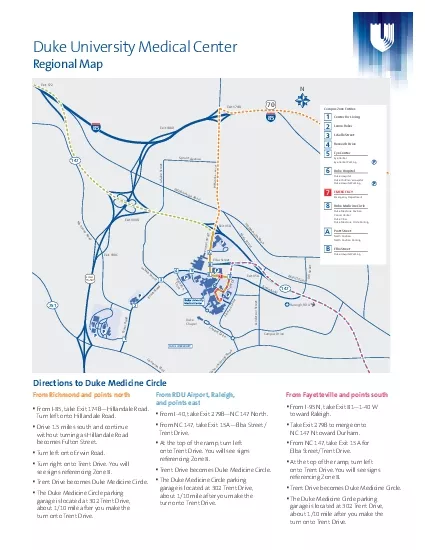PPT-Duke Energy Carolinas ATC Calculation Process
Author : stefany-barnette | Published Date : 2018-11-21
ATC Training December 15 th 2011 Agenda Objectives Introduction Flowgate methodology basics Data Inputs AFC Calculation Posted ATC 2 Objectives ATC Training 3 Objectives
Presentation Embed Code
Download Presentation
Download Presentation The PPT/PDF document "Duke Energy Carolinas ATC Calculation Pr..." is the property of its rightful owner. Permission is granted to download and print the materials on this website for personal, non-commercial use only, and to display it on your personal computer provided you do not modify the materials and that you retain all copyright notices contained in the materials. By downloading content from our website, you accept the terms of this agreement.
Duke Energy Carolinas ATC Calculation Process: Transcript
Download Rules Of Document
"Duke Energy Carolinas ATC Calculation Process"The content belongs to its owner. You may download and print it for personal use, without modification, and keep all copyright notices. By downloading, you agree to these terms.
Related Documents

